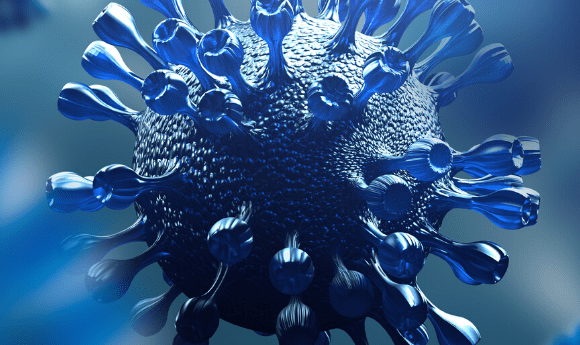Swab vs spit: researchers trial new saliva-based COVID-19 test

A saliva-based digital testing method is being trialed as an alternative to the uncomfortable nasopharyngeal swab for COVID-19 diagnosis.
As lockdown begins to ease in many countries and the world returns to work, a key strategy of many nations is that of ‘test, trace, isolate.’ Relying on a methodical testing system, the strategy aims to identify those who are infected, trace who they have been in contact with over recent days and isolate anyone who could have been infected.
If you would like to keep up to date with our content on coronavirus, you can sign up for our site here, where you can subscribe to our newsletters for free!
At center stage of the plan is the nasopharyngeal swab. Described as “like having your brain tickled through your nose,” the sample collection method requires inserting the long, thin swab stick deep into the nasal cavity and scraping. Not only is it an unpleasant experience, it can be difficult to perform and ensure that the swab goes far enough into the nose. This has led to worries of sampling error and the potential for false negatives results from many COVID-19 diagnostic tests.
Research has suggested that COVID-19 may also be detectable from saliva and now a team of researchers at the University of Chicago (IL, USA) have begun investigating whether a saliva-based COVID-19 test could be a reliable and effective alternative to the uncomfortable swab. As well as being less invasive, using saliva could allow people to collect their own samples, reducing the potential exposure to healthcare workers; “everyone knows how to spit,” commented Evgeny Izumchenko, a collaborator on the project.
In addition to a different collection method, the researchers are also trialing an alternative analysis technique: droplet-digital PCR (ddPCR). They believe the newer detection system could have a greater sensitivity than the more commonly used method of qPCR and could give a positive reading even if lower amounts of SARS-CoV-2 viral genetic material are present in the sample.
![]() Diagnosing COVID-19 without a test
Diagnosing COVID-19 without a test
The researchers behind the COVID Symptom Study tracking app have developed an artificial intelligence-based mathematical model that can predict whether an individual has COVID-19 based on their age, sex and four key symptoms.
“It’s possible that people who have the virus but don’t show symptoms may have a smaller amount of virus that wouldn’t show up on tests,” explained Jeremy Segal, a study investigator. “If they’re still able to spread the virus, being able to detect those people would be very important. We just don’t know yet – there are so many unknowns still.”
To test the ddPCR and saliva test, the researchers set up a booth at the UChicago Medicine curbside COVID-19 testing station. After the standard nasopharyngeal swab had been taken by a hospital worker, a study volunteer would then take a second swab and collect a spit sample. While the hospital ran the qPCR test, the researchers used ddPCR for both the swab and the saliva sample. This allowed both qPCR and ddPC as well as the swab and spit collection methods to each be compared directly.
The study is still ongoing, though preliminary results have found that the outcome of the saliva-based COVID-19 test matched up exactly with the hospital’s results. A more surprising result is the high degree of variability in the amount of virus present in COVID-positive patients, with amounts detected in symptomatic patients varying up to one million-fold.
Whether the variation is due to differences in stage of infection cycle or to differences in sampling methods is unknown, and the wide range detected will likely present a substantial diagnostics challenge. In follow-up studies, the team hopes to follow cases and identify whether the changes in viral load follow a consistent pattern over time or correspond to infection severity.